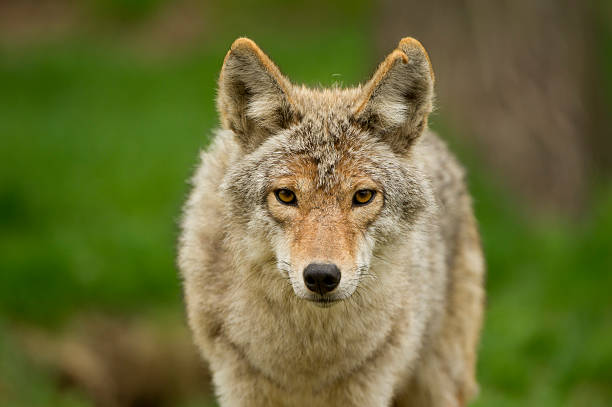Wildlife experts warn that this is the mating season for coyotes, meaning the wily varmints are more active and on the move, putting small pets at risk of becoming prey.
According to the Georgia Department of Natural Resources (GDNR), the coyote mating season runs January through March. The gestation period for the opportunistic carnivores is around 63 days and females usually have a litter of five to seven pups each spring.
UGA Cooperative Extension Agent Campbell Vaughn says that while people may not spot the predator, they are everywhere in the CSRA, are sometimes seen wandering around people’s yards.
“They are everywhere, they are sneaky and ruthless. I used to only see them at the Augusta Canal or out at the lake, but they are very adaptable and they go wherever they can find food. I have seen them roaming around in downtown Augusta.” Vaughn said.
Vaughn says that when people spot the nocturnal predators, they are commonly mistaken as being stray dogs. However, the coyote is a distant cousin of dogs more closely related to wolves and is an apex predator with no natural enemies or predators.
Coyotes are not native to this area, but they are not invasive either. Prior to the 1970s, the animals were mainly found in the Midwest plains, but, according to the Atlanta Coyote Project, like the armadillo, coyotes migrated east where food for them is plentiful.
According to Vaughn, one thing that led to the population explosion is due to the fact that less people hunt deer these days leading to increased deer populations.
“Coyotes’ diet once consisted mainly of mice, which is a good thing; but then they discovered they could prey on helpless fawns and get a bigger meal with less effort. So, now everywhere you have deer, you have coyotes,” Vaughn said.
Coyotes can use their stealth to take down a full grown deer, according to Vaughn.
During this season, not only are males on the move looking for a mate, but pregnant females are also on the hunt for protein-rich meals for their embryonic offspring. This puts small pets at risk.
Vaughn says that small pets should never be let out unattended at dusk or after dark. Coyotes can easily climb a normal chain link fence, snatch away a small dog or cat and disappear back into the night in the blink of an eye.
Coyotes might have the reputation of being a pest; but, according to the GDNR, they are beneficial to the ecosystem as, in the absence of human hunters, they help control the deer population. Unlike the wild hog, tegu lizard and pythons in the Everglades, coyotes do not harm the environment or decimate native species populations.
Vaughn also warns that healthy coyotes are normally only seen at night and they attempt to avoid humans; therefore, a coyote seen roaming a neighborhood during the daytime is likely rabid and animal control should be notified immediately.
Scott Hudson is the Senior Investigative Reporter and Editorial Page Editor for The Augusta Press. Reach him at scott@theaugustapress.com










